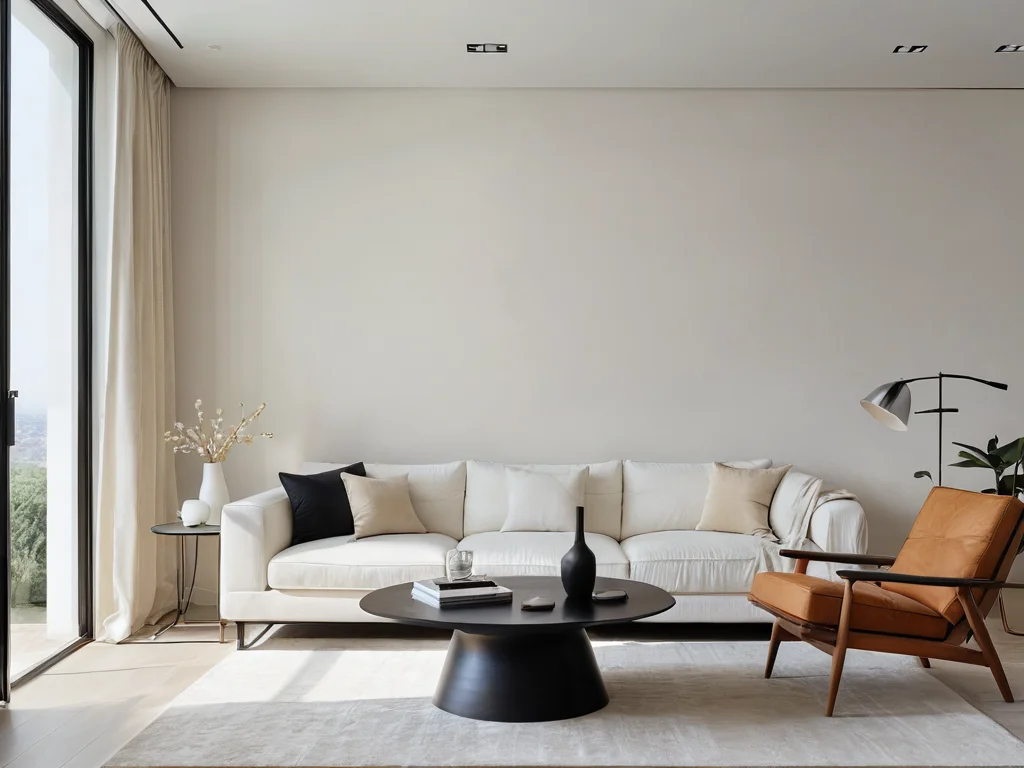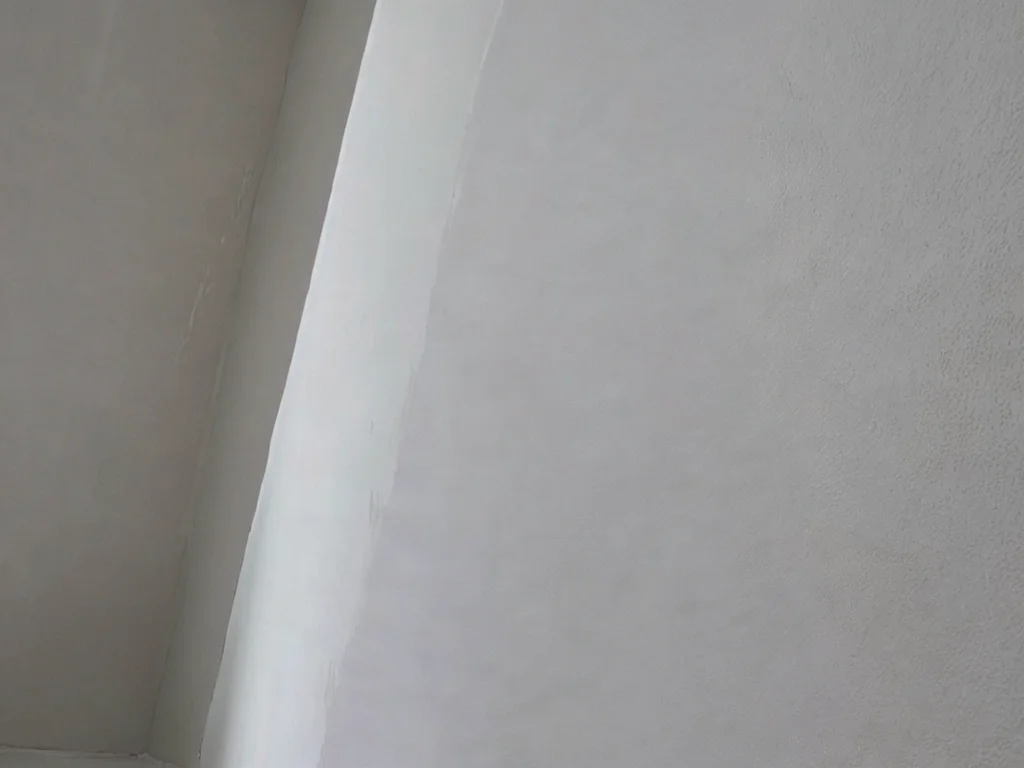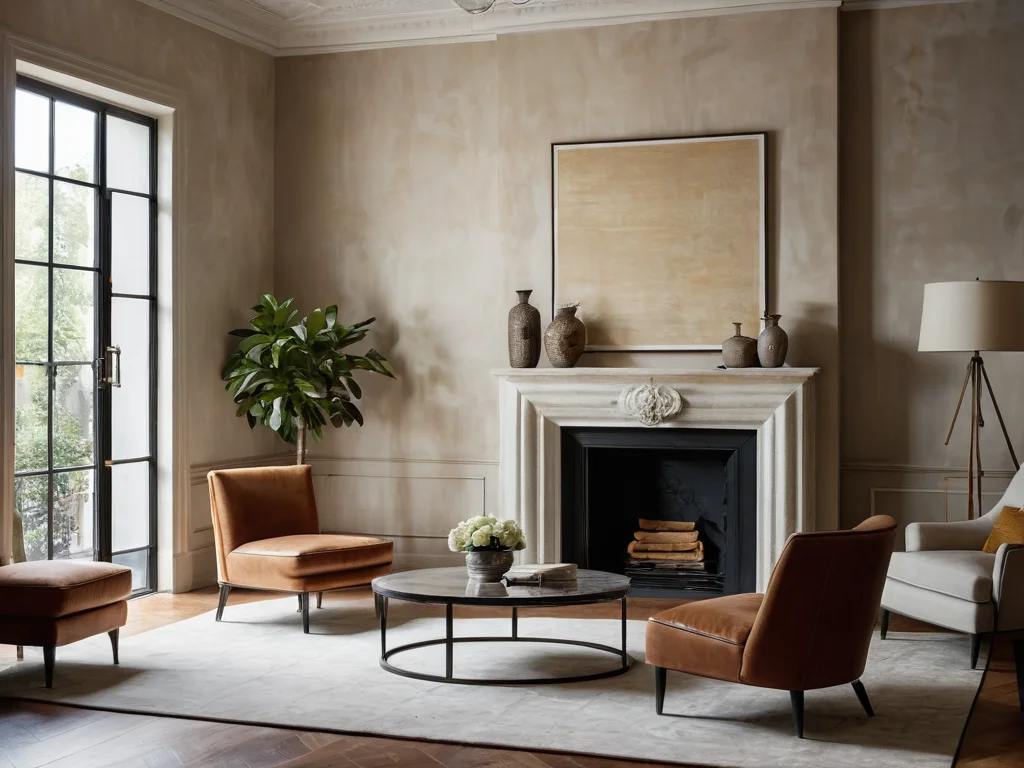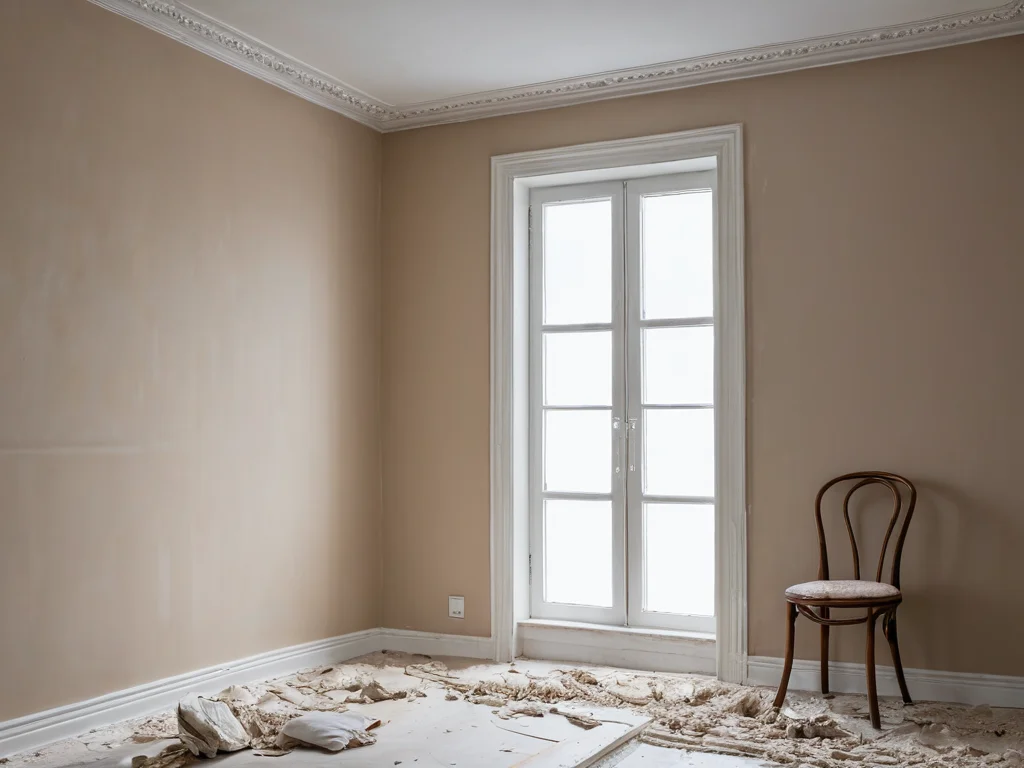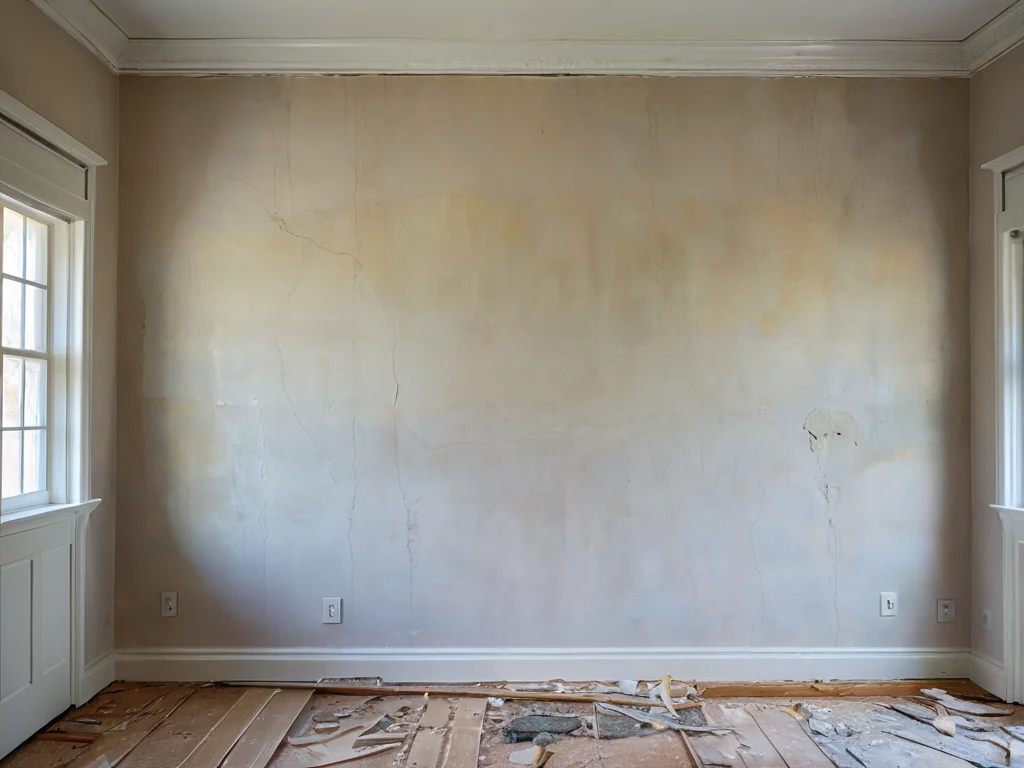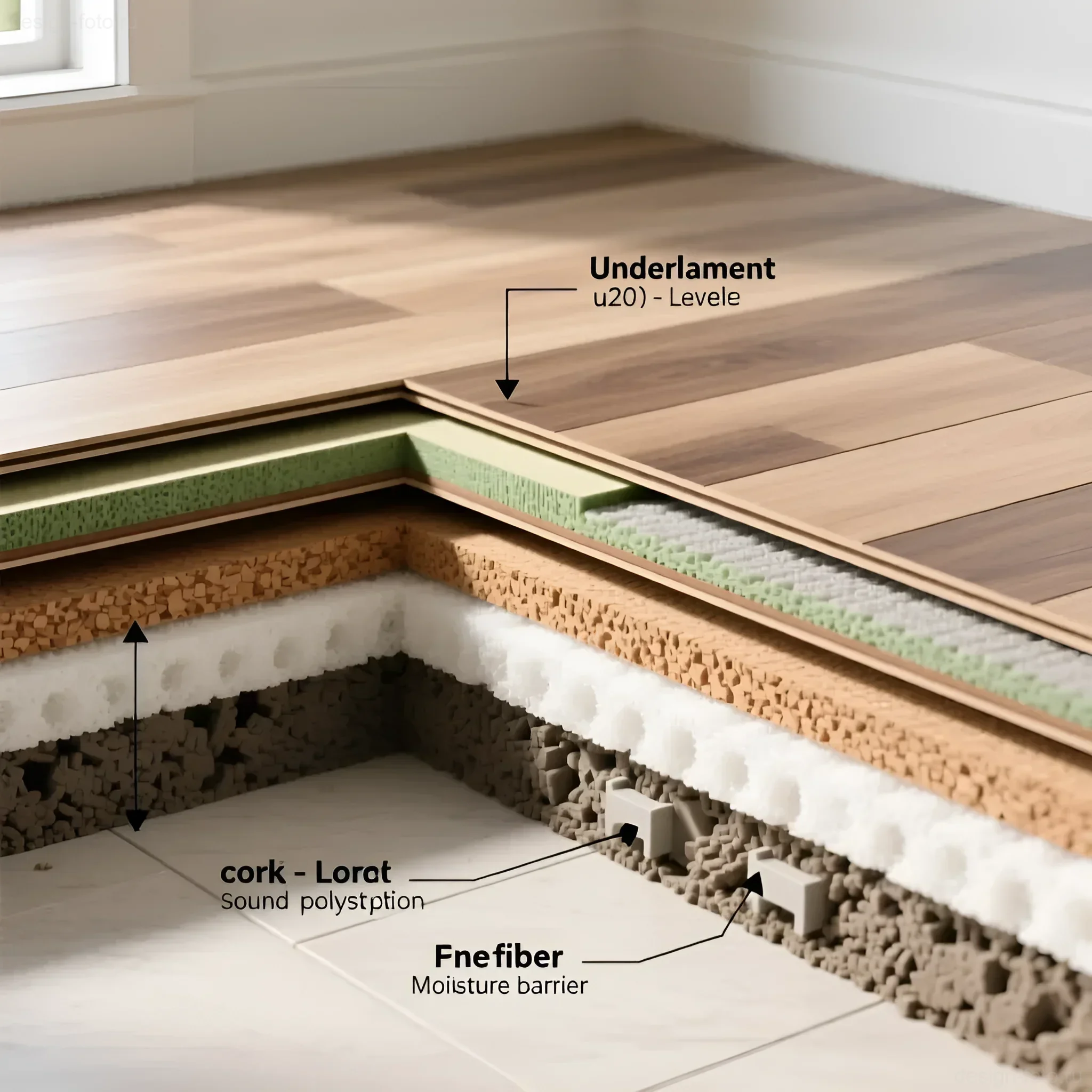Working with limited space, especially when it comes to a one-room apartment intended for a family, is not just a design task; it’s an engineering challenge that requires maximum efficiency from every square meter. Your goal is to create not just a beautiful, but, above all, a highly functional and ergonomic space where each zone has a clear purpose, yet is harmoniously integrated into the overall volume.
Repair and finishing
Drywall Partitions for Zoning: Functionality, Installation, and Ergonomics
Drywall partitions (GKL) are not just a way to divide space; they are a high-tech tool in the hands of an architect and designer. In modern interiors, where layout flexibility, project speed, and transformation possibilities are valued, GKL structures become the cornerstone of functional zoning. We will consider GKL not as a temporary measure, but as a full-fledged architectural solution requiring precise calculations, adherence to technologies, and a deep understanding of ergonomics.
How to Properly Plaster Walls for Painting: Perfect Smoothness
Greetings, dear friends and DIY enthusiasts! My name is [Ваше Имя/Псевдоним], and I’m delighted to welcome you to design-foto.ru. Today, we’ll delve into a seemingly simple yet incredibly important topic, without which it’s impossible to achieve a truly professional painting result on your walls. We’ll discuss how to properly plaster walls for painting to make them perfectly smooth, like silk. This is the foundation upon which all the future beauty of your interior rests. Many underestimate this stage, considering it routine and secondary, but believe my years of experience: it is thorough surface preparation that guarantees the final result will please you for years to come.
How to Seal Drywall Seams to Prevent Cracks
Hello, friends! Your favorite designer and author of the blog design-foto.ru is here. Today we’re going to talk about a seemingly simple but very important topic – how to properly seal drywall seams. This stage is a real test of strength for your future walls, as it determines how smooth, even, and, most importantly, durable your finish will be. If you’ve ever seen thin, disheartening cracks spreading across freshly painted walls, running precisely along the joints of drywall sheets, you know how unpleasant it is. But don’t worry! In this article, I will reveal all the secrets on how to avoid this misfortune and achieve a truly seamless, perfect result. We’ll go through the entire process from choosing the right materials to the final sanding, so by the end of the article, you’ll be ready to tackle this task yourself with flying colors.
Wall Putty for Wallpaper: How Many Coats Are Needed and How to Apply?
Greetings, friends! Today we will talk about what seems like a simple, but very important stage of any renovation – puttying walls for wallpaper. Many believe that this is a routine task that can be done “anyhow,” since there will be wallpaper on top anyway. But believe me, as a designer with many years of experience, it is the quality of the putty that determines how even, smooth, and beautiful your walls will be after wallpapering. A perfectly even surface is not just aesthetics; it is a guarantee that the wallpaper will lie without bubbles, wrinkles, or peeling, and the pattern at the seams will match perfectly. I think you will agree that disappointment from ruined expensive wallpaper and spoiled mood is something that anyone who invests time and money in their home wants to avoid. Therefore, today we will analyze all the nuances of puttying walls for wallpaper, from choosing the material to the final sanding, so that your renovation goes smoothly and the result pleases for many years to come.
Gypsum or Cement Plaster: What and Where to Use?
Hello, dear readers of design-foto.ru! My name is [Ваше Имя], and I am a designer with many years of experience. Today, we will talk about something important – plaster. When it comes to leveling walls, we often face a choice: gypsum or cement? Both materials do an excellent job, but have their own characteristics that make them more suitable for some conditions and completely unacceptable for others. Confused? Let’s figure it out together and learn to make the right choice for your home.
nnnnStarting and Finishing Putty: What’s the Difference and How to Use It
Greetings, friends, to our cozy portal design-foto.ru! Today we will dive into the world of wall leveling, which for many seems complex and unpredictable. But in reality, by understanding the basics and having the right tools, you can achieve a perfect result even without the help of expensive specialists. We’re talking about putty – an indispensable assistant in any renovation. But did you know that there is starting and finishing putty, and each of them performs its unique role? Let’s figure out together what their main differences are, how to use them correctly, and what pitfalls to avoid.
How to Repair Cracks and Holes in Walls Before Finishing: A Complete Guide
Anyone who has ever thought about transforming their home has faced the need to prepare walls for finishing. And it would seem, what could be simpler than removing small imperfections? However, it is precisely the hidden defects, such as cracks and holes, that can spoil the entire impression of a fresh renovation. Why is this so important, and how can this task be accomplished without hiring expensive specialists? In this article, we will thoroughly analyze all the nuances: from choosing the right materials to the subtleties of performing the work. You will learn how to restore the ideal smoothness to your walls yourself, ready for any type of decoration.
Which Tile to Choose for a Small Bathroom: Color, Size, Texture, and Space-Expanding Secrets
Working with limited spaces, such as standard bathrooms in apartment buildings or guest bathrooms, requires designers to be not only creative but also to strictly adhere to the laws of ergonomics and visual optics. In a small bathroom, tile is not just a finishing material; it is a key tool that determines the perception of volume, light, and cleanliness. Properly selected porcelain stoneware or ceramic can visually “break” walls, add depth, and make the room functionally and aesthetically complete. As professionals, we recommend approaching tile selection as pragmatically as possible, analyzing three key parameters: color, size, and texture.
Laminate Underlay: Cork, Coniferous, or Polystyrene – Detailed Analysis and Choice
Choosing flooring is only half the battle. The true quality and durability of laminate, as well as acoustic comfort in the room, depend 80% on what is hidden beneath it. As designers and architects, we always insist: an underlay is not an option, but a critically important engineering element of the floor system. And if you are faced with a choice between natural solutions like cork and coniferous boards, and modern synthetic materials like polystyrene, you need a detailed technical analysis.


